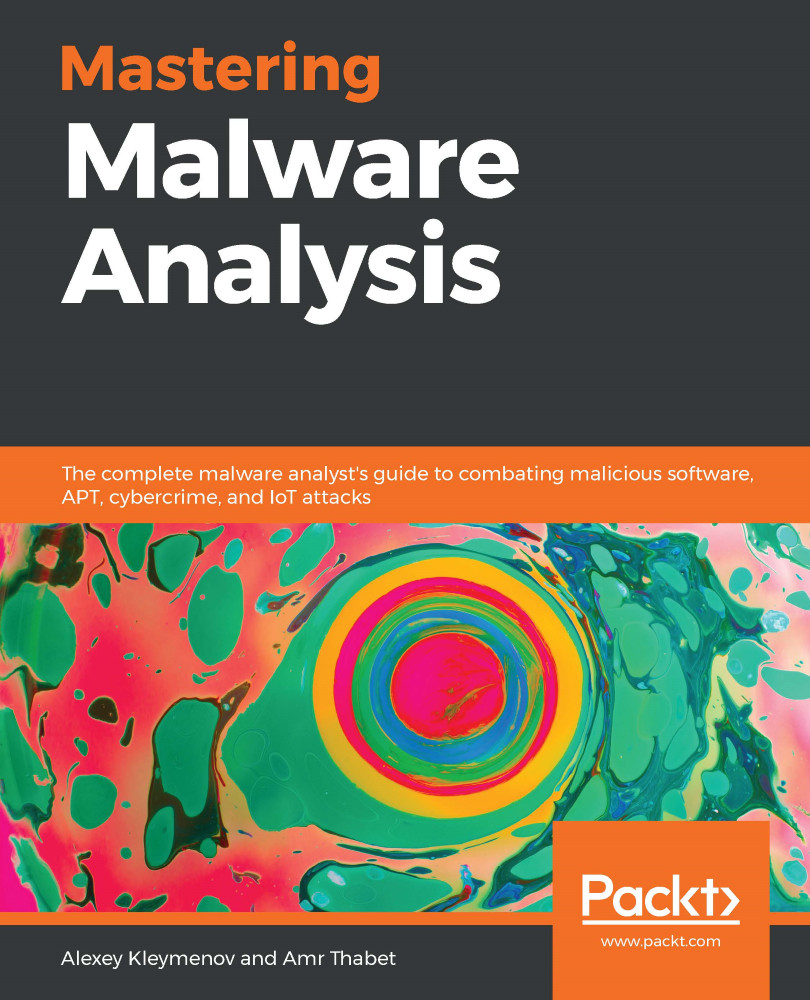The Power ISA is divided into several categories; each category can be found in a certain part of the specification or book. CPUs implement a set of these categories depending on their class; only the base category is an obligatory one.
Here is a list of the main categories and their definitions in the latest second standard:
- Base: Covered in Book I (Power ISA User Instruction Set Architecture) and Book II (Power ISA Virtual Environment Architecture)
- Server: Covered in Book III-S (Power ISA Operating Environment Architecture – Server Environment)
- Embedded: Book III-E (Power ISA Operating Environment Architecture – Embedded Environment)
There are many more granular categories covering aspects such as floating-point operations and caching for certain instructions.
Another book, Book VLE (Power ISA Operating Environment Architecture – Variable Length Encoding (VLE) Instructions Architecture), defines alternative instructions and definitions intended to increase...



